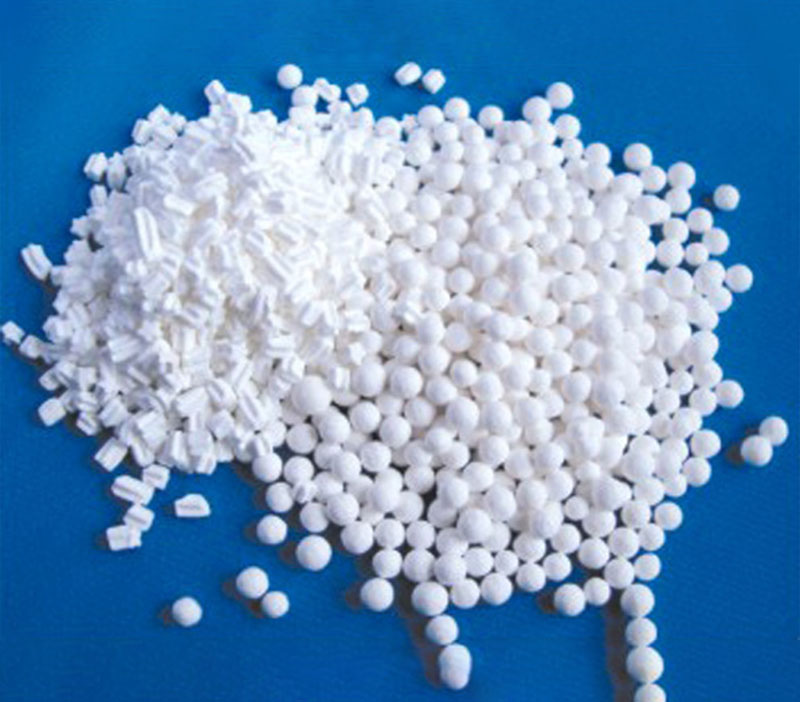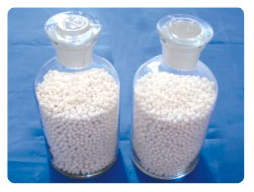
Activated alumina has many capillary pores and large specific surface area. It can be used as adsorbent, desiccant and catalyst carrier. At the same time, it is also determined according to the polarity of the adsorbed substance. It has a strong affinity for water, oxides, acetic acid, alkali, etc. It is a low-water deep desiccant and an adsorbent that adsorbs polar molecules. Activated alumina fluoride removal is similar to anion exchange resin, but the anion resin is more selective for fluoride ions. Activated alumina has good adsorption and defluorination effect and stable capacity. This product has high strength, low wear, water immersion, no softening, no swelling, no powdering, and no cracking. It can be widely used in the deep drying of petroleum cracking gas, ethylene and propylene gas, hydrogen production, drying of air separation units, instrument air dryers, and fluoride treatment in hydrogen peroxide. It can also remove pollutants such as hydrogen sulfide, sulfur dioxide, hydrogen fluoride, hydrocarbons and other pollutants in the exhaust gas, and is especially suitable for the defluorination treatment of fluorine-containing water.
>>Physical and chemical properties

>>Specific application
◆Drying dehydration of air, natural gas and petroleum cracked gas
◆Drinking water removal of fluoride
◆A special catalyst for the production of hydrogen peroxide by the anthraquinone method.
◆Dechlorination of viscous resin
◆Catalyst carrier
◆Special for air separation and oxygen production industry
>>Product Type
◆Activated alumina is divided into y type and x-p type according to the internal main crystal phase composition

- Previous Article: Corrugated structured packing
- Next Article: Refractory Ceramic Balls